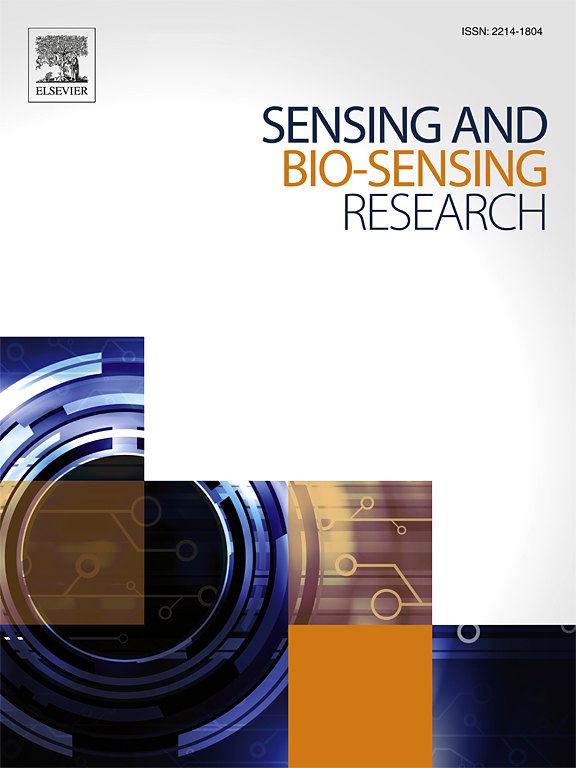Advances in cancer detection: A review on electrochemical biosensor technologies
IF 4.9
Q1 CHEMISTRY, ANALYTICAL
引用次数: 0
Abstract
A major hurdle in disease management and prevention, particularly for cancer, is the early diagnosis. Improved clinical results are closely linked to timely disease detection, which facilitates effective treatment and alleviates the suffering and financial burden on society caused by diseases. Nonetheless, conventional screening techniques, like biopsies and clinical imaging, are currently limited in detecting cancer at very early stages, are quite expensive, and inaccessible to numerous patients. Detecting cancer earlier increases the likelihood of successful treatment. Presently, many cancers are only identified after they have spread throughout the body. There is a pressing need for efficient and precise methods for cancer detection and clinical diagnosis. The emergence of biosensing platforms offers a non-invasive, portable, user-friendly, costeffective detection tool with high specificity, sensitivity, and reliability for cancer markers. In this review paper, we explore the barriers to early cancer detection and explore the fields of biosensor technologies, including immunosensors, aptasensors, nano/biosensors, enzyme biosensors, and non- enzymetic biosensors, and highlight their potential for detecting cancer biomarkers.

癌症检测研究进展:电化学生物传感器技术综述
疾病管理和预防的一个主要障碍,特别是癌症,是早期诊断。改善临床结果与及时发现疾病密切相关,从而促进有效治疗,减轻疾病给社会造成的痛苦和经济负担。然而,传统的筛查技术,如活组织检查和临床成像,目前在早期阶段检测癌症方面受到限制,而且相当昂贵,而且许多患者无法获得。早期发现癌症会增加成功治疗的可能性。目前,许多癌症是在扩散到全身后才被发现的。迫切需要高效、精确的癌症检测和临床诊断方法。生物传感平台的出现为癌症标志物提供了一种无创、便携、用户友好、成本有效的检测工具,具有高特异性、敏感性和可靠性。在这篇综述中,我们探讨了早期癌症检测的障碍,并探讨了生物传感器技术的领域,包括免疫传感器、适体传感器、纳米/生物传感器、酶生物传感器和非酶生物传感器,并强调了它们在检测癌症生物标志物方面的潜力。
本文章由计算机程序翻译,如有差异,请以英文原文为准。
求助全文
约1分钟内获得全文
求助全文
来源期刊

Sensing and Bio-Sensing Research
Engineering-Electrical and Electronic Engineering
CiteScore
10.70
自引率
3.80%
发文量
68
审稿时长
87 days
期刊介绍:
Sensing and Bio-Sensing Research is an open access journal dedicated to the research, design, development, and application of bio-sensing and sensing technologies. The editors will accept research papers, reviews, field trials, and validation studies that are of significant relevance. These submissions should describe new concepts, enhance understanding of the field, or offer insights into the practical application, manufacturing, and commercialization of bio-sensing and sensing technologies.
The journal covers a wide range of topics, including sensing principles and mechanisms, new materials development for transducers and recognition components, fabrication technology, and various types of sensors such as optical, electrochemical, mass-sensitive, gas, biosensors, and more. It also includes environmental, process control, and biomedical applications, signal processing, chemometrics, optoelectronic, mechanical, thermal, and magnetic sensors, as well as interface electronics. Additionally, it covers sensor systems and applications, µTAS (Micro Total Analysis Systems), development of solid-state devices for transducing physical signals, and analytical devices incorporating biological materials.
 求助内容:
求助内容: 应助结果提醒方式:
应助结果提醒方式:


